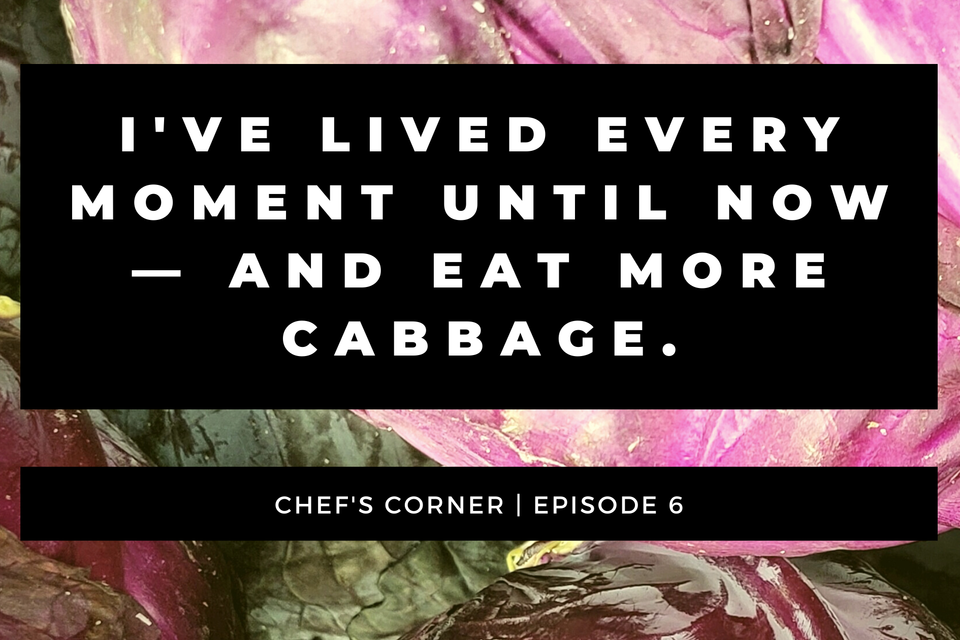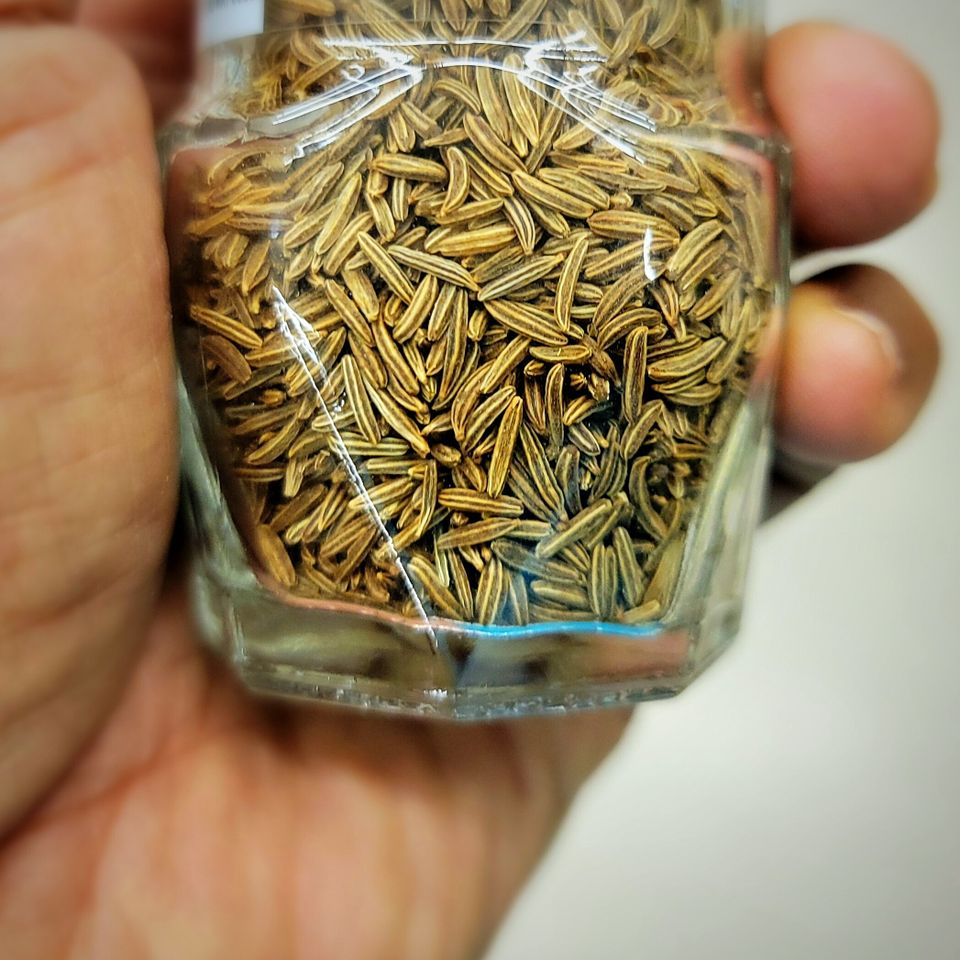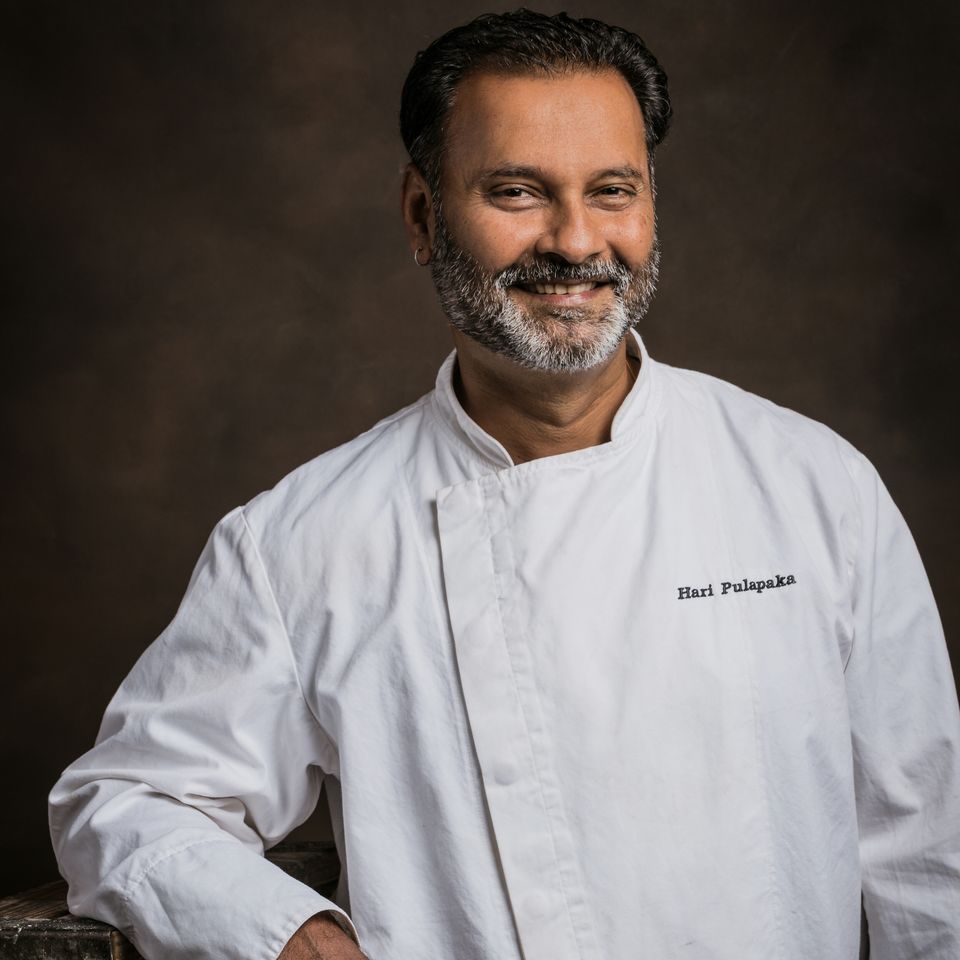By Hari Pulapaka, PhD, WCMC, CEC
December 9, 2021 Paraphrasing the essence of something the Greek poet Hesiod (circa 700 B.C.) is said to have expressed, "everything in moderation (including moderation).” While this formula for life doesn't work for everyone, it has, by and large, worked for me for the vast majority of my dual-profession life. Seventeen years ago, there was nothing moderate about my yearlong 7 a.m.-1 a.m. schedule as I taught full time, commuted about 120 miles a day (half of which was during evening rush hour), and attended culinary school at night. Culinary school, like any educational endeavor, is what you make of it. I listened, put my head down, and learned every aspect of what I could. The teacher was never wrong, and they always knew more than I. My mother, now 90 years old, was my first teacher, and so it’s no surprise that I have the highest possible regard for teachers.
This week, I had the distinct privilege of addressing the virtual graduation of the culinary program at Second Harvest Food Bank of Central Florida. As I reflected on my own journey, I was struck by the story of a recent graduate holding down multiple jobs, being a dedicated mother, sleeping at bus stops so she wouldn't be late for work at Disney World, all while successfully and diligently completing her program. I have several examples of students in my mathematics classes who express the complement of that kind of worth ethic. It’s finals week at Stetson University, and so many of my students are discovering the GPS coordinates of my office for the first time.
Today, even as my reputation is one of being heavy-handed with flavors, I am always trying to achieve balance in the food I prepare. One would be hard-pressed to find a contemporary restaurant serving a house-made butcher's board without the complementary flavors of intense pickles and condiments (see last week’s column featuring mustard seeds). The flavors are designed to be intense, yet, depending on which combination bite you take, you will either experience moderation (balance) or not.
My teaching style is one of finding a balance between giving away the answer without much resistance and encouraging self-exploration so that students are able to find the answer on their own. In the kitchen, my style is definitely more of the latter. Generally speaking, robots need not apply. This is somewhat contrary to the classical French kitchen brigade, which taught mastery in well-defined tasks at specific stations. My style is more aligned with "total football," as conceived and mastered by the likes of Johann Cruyff and his teammates of the famed Dutch football teams of the 1970s.
In my ideal restaurant, servers would know food prep and be willing to clean grease traps, and dishwashers would know proper wine service. Curiosity may have killed the cat, but ingenuity stems from curiosity. In mathematics, the last accepted universalist was Henri Poincaré (1854-1912), because he was intensely interested and excelled in all fields of the discipline. Mr. John Edward Clark Sr. (1934-2021) was an occupational universalist.
No matter the concept, can you imagine a restaurant where every staff member is aiming to excel at every aspect of the restaurant and not just their immediate job description? Of course, compensation must follow, and, yes, it's just a job for some (many), but this is my dream. In my total restaurant, every table is a chef's table, and the waitstaff creates the amuse-bouche for the day. The farmer dines at the restaurant, which showcases the farm's produce, and the wine representative wants to ensure that their empty wine bottles are being properly recycled. In the total restaurant, it should be easy to accept that the guest is never wrong, and the owner never compromises integrity for profit. The guest cares about food waste as much as the chef does. Speaking of food waste, wouldn’t it be wonderful if the City of DeLand nurtured and supported a citywide food-waste-reduction and upcycling initiative? Incidentally, guests can be wrong, and owners do compromise integrity for profit.
We are all striving to be capable, maybe to even be proficient. Nowadays, one is accused of being an overachiever just because they may be intensely interested enough in a variety of what life has to offer. And sometimes, we strive to reach heights only constrained by our own imagination. The total restaurant is one of my metaphors for living.
Someone once asked me to use six words (allowing contractions) to describe my life. After some thought, because I was having a hard time counting silently, I came up with "I've lived every moment until now."
Local Ingredient of the Week
CABBAGE
The humble cabbage is related to cauliflower, broccoli and Brussels sprouts, placing it in the “brassica” family. Despite the omnipresence of kimchi on global menus, it shouldn’t be surprising that cabbage is especially beloved in many parts of Europe. Historians attribute the domestication of cabbage to regions of modern-day Europe at least 3,000 years ago. The culinary techniques that can be successfully applied to cabbage are diverse and impressive — raw, pickling, fermenting, steaming, braising, stuffing, stewing, sautéing — and whatever new methods may be invented in the future. In my recent book, I have a recipe for a “reverse-seared slab of cabbage” as part of my 15-course plant-based (or is it vegan?) degustation menu found at the end of the book. A chomp of raw and cold cabbage core with some sea salt is incredibly refreshing. Try it sometime!
There are, of course, a number of varieties of easily available cabbage in the modern grocery store: green, red, napa and savoy, to name a few. They are unique, and each lends itself to a range of culinary preparations.
In my view, cabbage does really well in a low-and-slow steaming/roasting environment. Simply add some whole cumin seeds, whole mustard seeds, ground asafoetida, ground turmeric, ground cayenne, salt and fresh curry leaves, and you will have created an everyday “bhaji” in our house, growing up in Mumbai. One with a lot of “kamma” (savory umami).





